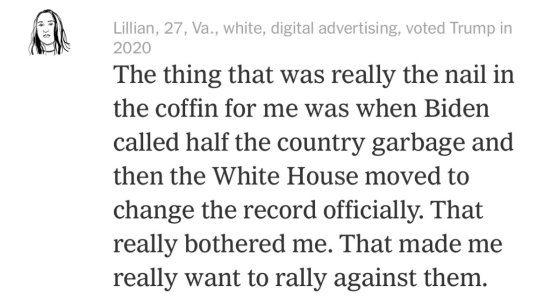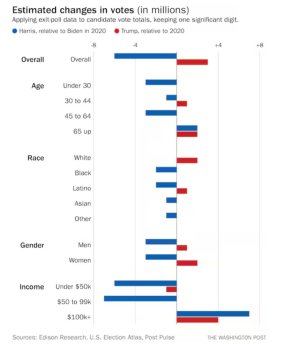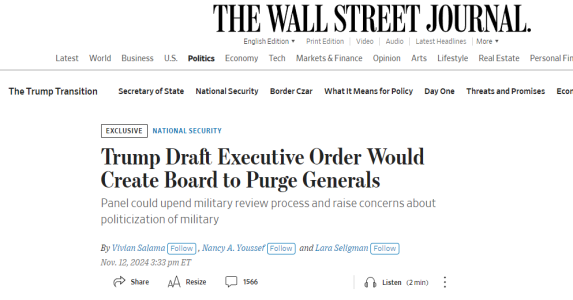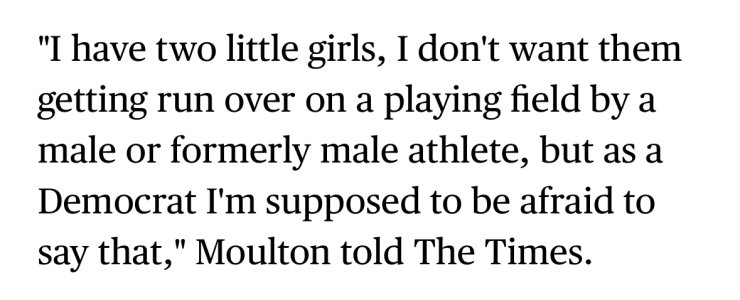“Making America Rich Again: The Latino Effect on Economic Growth.”
No, it’s not a parody of President-elect Donald Trump’s campaign slogan. It’s the title of a new report written by Jeffrey Eisenach, SVP at NERA Economic Consulting and a member of Trump’s transition team.
Commissioned by the nonpartisan Latino Donor Collaborative (LDC) and the Royal Bank of Canada (RBC) and authored by Eisenach and his staff at NERA, the report is particularly timely. The US has been swept up in heated politicization of Latinos, fueled by Trump’s promise to build a wall between Mexico and the US and his declaration that “we have some bad hombres here, and we’re going to get them out.”
LDC co-founder Sol Trujillo told Yahoo Finance that he had one primary objective for the report: to debunk Latino stereotypes. He says they were able to find empirical evidence that Latinos are playing a critical role in rejuvenating the American workforce.
Between 1990 and 2015, the Latino population in the US grew from 22 million to 57 million, about five times as fast as the overall population. The median age for Latinos in the US is 28 years old (compared to 37 for the population at large and 43 for the white population).
As an economist, Eisenach says he occasionally sees a piece of data that may be interesting or exciting but doesn’t fit with a larger phenomenon and doesn’t tell a full story. This data on Latinos, however, sheds light on the potential of people behind a big demographic shift in the US. In the case of Latinos, be they entrepreneurs, consumers, marketers or wealth managers, there is a rich road of opportunity ahead. He says the data speaks for itself.
“The data surrounding Latinos’ economic implications pull together a story that’s compelling, pervasive and deep. Especially because the average Latino is nine years younger than the overall population, we know that this demographic will be with us for a while, and we can take advantage of that,” he says.
In addition to holding a Ph.D. in economics, Eisenach has been an outspoken advocate for less regulation, and has been a consultant who worked for Verizon (VZ) and other companies in the telecommunications space to push back against the Federal Communications Commission (FCC). He’s co-leading Trump’s telecommunications policy team, which means he’s responsible for hiring the new staff members of the FCC.
He says he decided to pursue this report through the lens of economics, not politics. “The study is completely separate from my relationship with Trump,” he says. “I embarked on this as an economist.”
Eisenach says he was surprised by much of the data. For example, Latinos are creating new businesses and increasing headcount at a faster pace than the overall population. Hispanics have had the highest entrepreneurship rate of any ethnic group each year since 2002. Latinos accounted for more than one out of five new entrepreneurs, up from 10% in 1996. Of course, many of these businesses remain small — there are over 4 million Latino-owned business in the US, but only 2% of them earn over $1 million in annual revenue, according to data compiled by the Hispanic Chamber of Commerce.
And, despite the threat of wage stagnation over the past several years, Eisenach says Latinos are responsible for 29% of real income growth in the US between 2005 and 2015, with the number of Latino households with incomes over $150,000 growing 194% over the same period. Though the median income among Latino households is below the country’s average, the growth is rapid, and signals significant momentum for the Latino population.
In fact, over the last decade (between 2005 to 2015), Hispanics — who account for just 18% of the population — accounted for 29% of the growth in real aggregate income. Bureau of Labor Statistics data show that median weekly earnings of full-time wage and salary workers rose nearly 11% for Hispanics between the first quarter of 2000 and the first quarter 2016, more than triple the increase for the population overall.






































